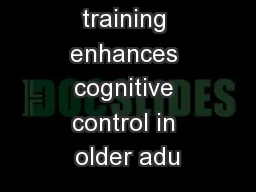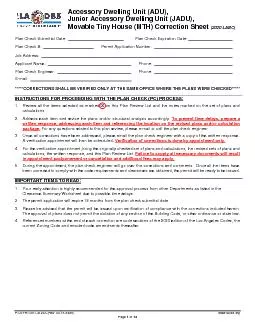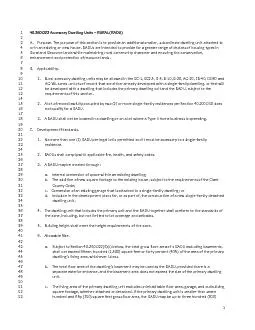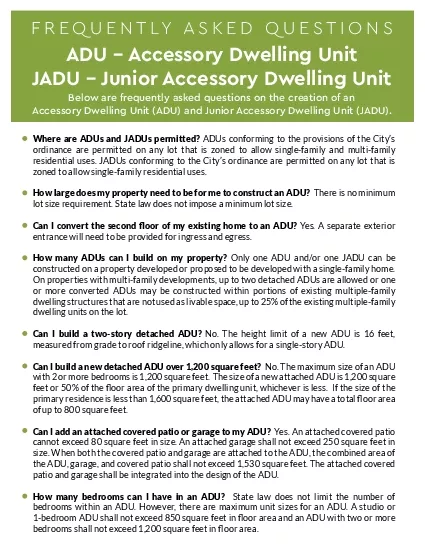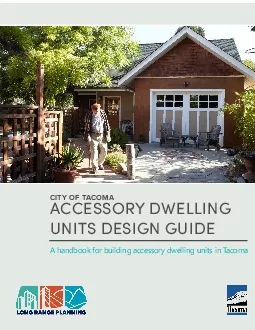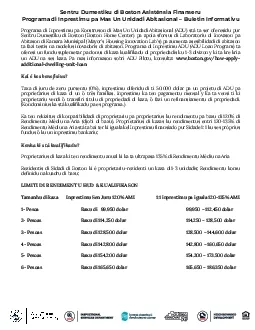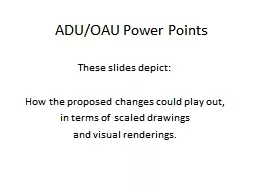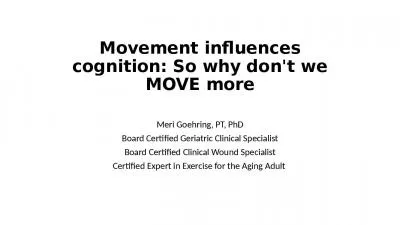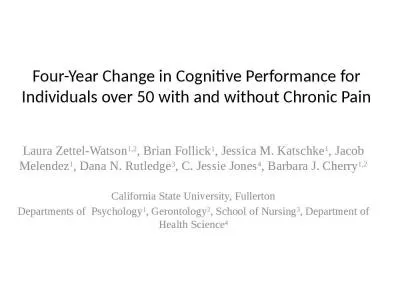PPT-Video game training enhances cognitive control in older adu
Author : luanne-stotts | Published Date : 2017-09-11
Research directed by Dr Adam Gazzaley Undergraduate EEG Seminar By Idan Misgav httpwwwnaturecomnewsgamingimprovesmultitaskingskills113674 Motivating video Introduction
Presentation Embed Code
Download Presentation
Download Presentation The PPT/PDF document "Video game training enhances cognitive c..." is the property of its rightful owner. Permission is granted to download and print the materials on this website for personal, non-commercial use only, and to display it on your personal computer provided you do not modify the materials and that you retain all copyright notices contained in the materials. By downloading content from our website, you accept the terms of this agreement.
Video game training enhances cognitive control in older adu: Transcript
Download Rules Of Document
"Video game training enhances cognitive control in older adu"The content belongs to its owner. You may download and print it for personal use, without modification, and keep all copyright notices. By downloading, you agree to these terms.
Related Documents

